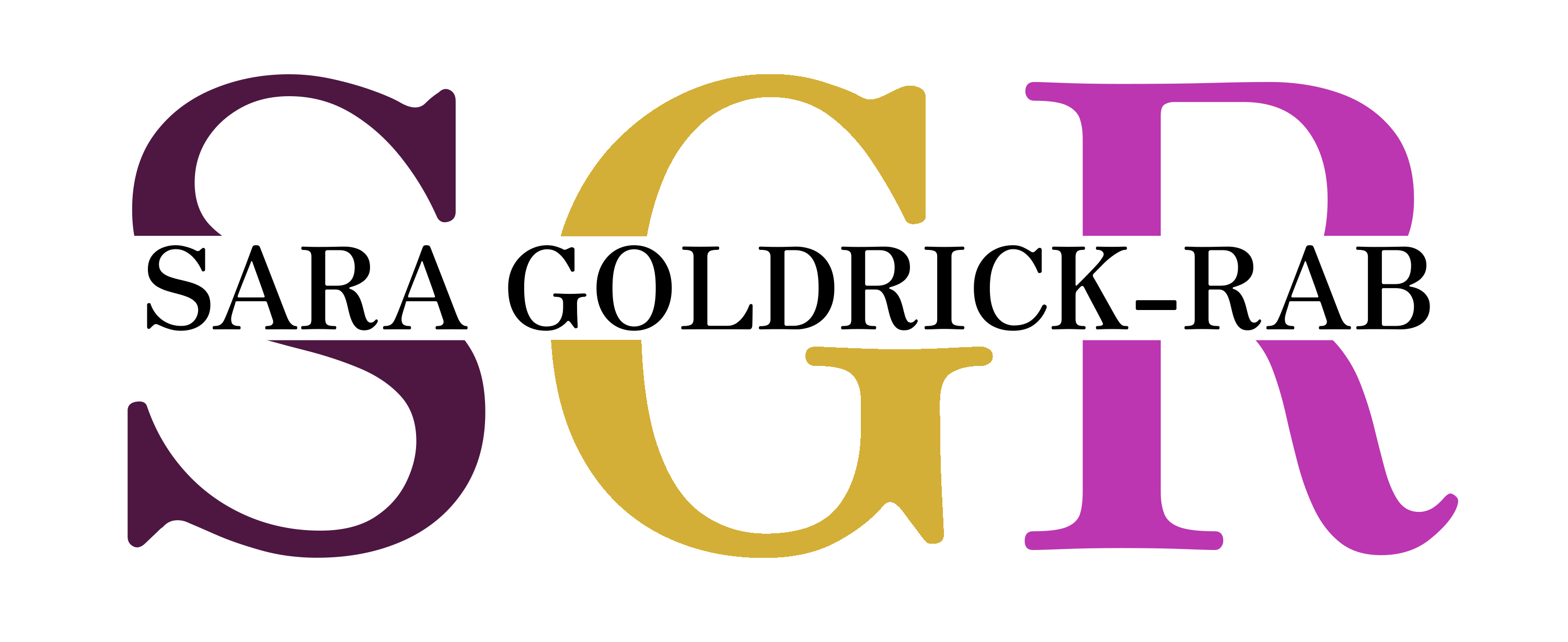The Impacts of COVID-19 on the Experiences of Students with Basic Needs Insecurity: Evidence from a National Survey Basic Needs Insecurity: Evidence from a National Survey (2022)
The COVID-19 pandemic has affected college students’ basic needs, financial security, academic success, caregiving responsibilities, mental health, and more, according to the Fall 2020 Student Financial Wellness Survey (SFWS) conducted by Trellis Company. Researchers surveyed 37,936 students at 62 two- and four-year colleges and universities from October to November 2020 and found 53 percent (n=20,095) indicated one or more forms of basic needs insecurity (BNI). This brief examines data from students with BNI with a special lens on their mental health, familial responsibilities and finances, employment, and financial security. These results highlight the disparate impacts of the pandemic among basic needs insecure students.
